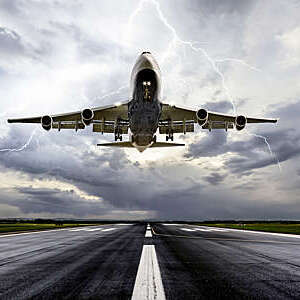Flying into an uncertain future
Aviation industry expert Séverin Drogoul looks at the fallout of the COVID-19 pandemic and explains how the sector can avail of opportunities for a sustainable recovery.
Our aerospace standards support the aviation and space industries in reaching new heights, with a focus on safety, quality, and innovation.


on
New technologies, from robotics to machine learning, are ushering in a period of rapid change and development. While the aviation industry is working to reap the benefits of this industrial automation, standards, especially those of ISO/TC 184/SC 4, will play a key role in ensuring a smooth flight path – but only if they can keep up.